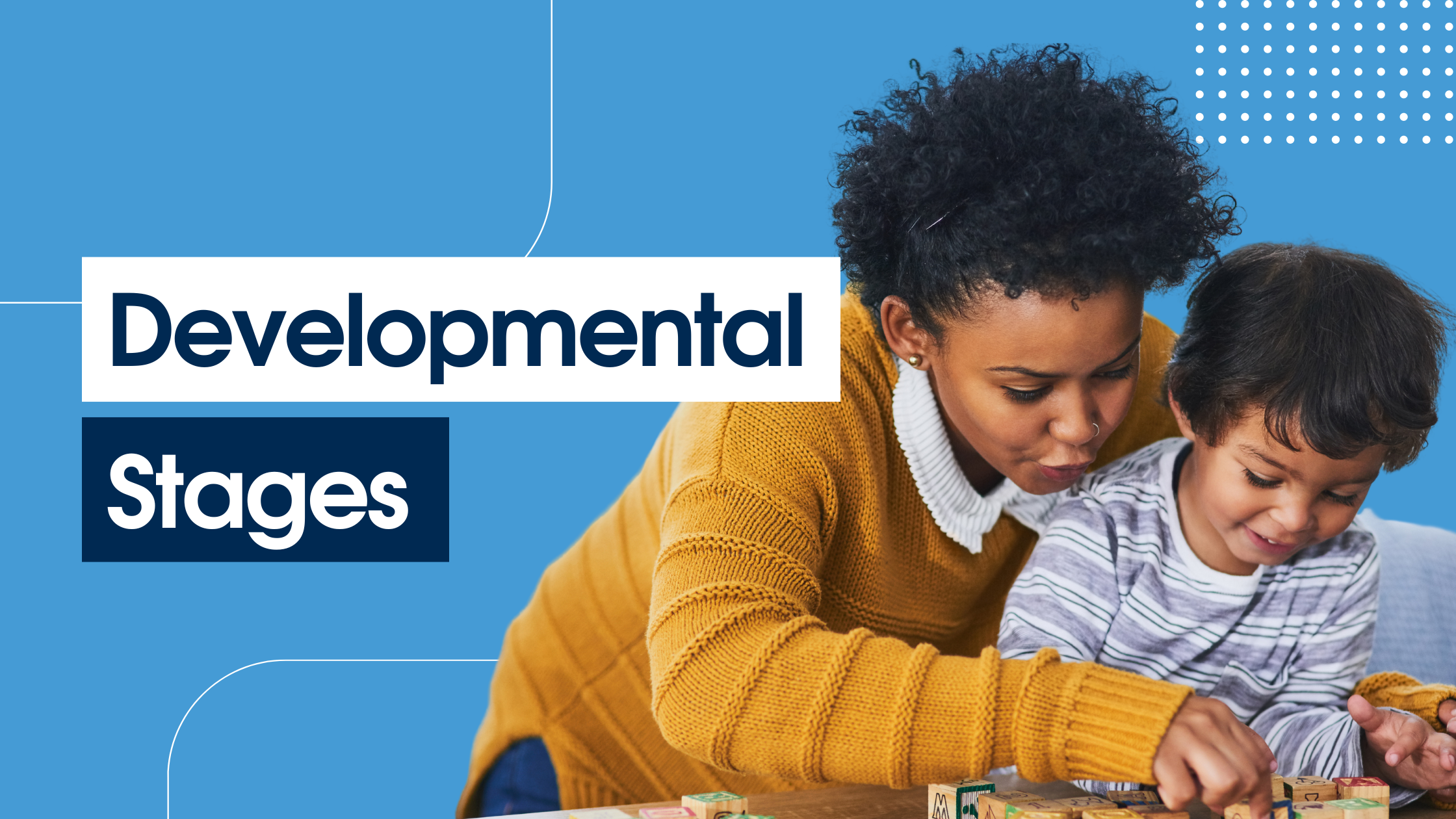Growing up means growing one’s physical stature and necessities, as well as one’s mental and emotional state. As we get older, we learn things about ourselves that we never knew we were capable of. Last time, we talked about Jean Piaget’s cognitive development, Erik Erikson’s psychosocial development, and Sigmund Freud’s psychosexual development. You must be familiar with these individuals, as they were well-known for their theories. However, we shall continue to delve further into the other developmental stages of a person in order to better comprehend them, as well as how to understand body image changes that are associated with developmental stages.
The Development of Temperament by Stella Chess and Alexander Thomas
Temperament refers to a child’s emotional and behavioural responses to the surroundings. A child’s temperament style is evident from birth. The nature-nurture debate has long represented an attempt to address these existential injustices by investigating the causes and solutions of poorly rated child-rearing habits. This is most visible in Western countries, where many parents with challenging children, particularly females, have developed a learned shame neurosis of poor parenting.
Stella Chess and Alexander Thomas, child psychiatrists well-known for their series Annual Progress in Child Psychiatry and Child Development, attribute some of this unwarranted guilt to flawed psychoanalytic philosophy. When the links they observed in their practice could not be reconciled with the explanatory theories of their training, Chess and Thomas launched the New York Longitudinal Study of Child Temperament in the 1950s.
Researchers Alexander Thomas and Stella Chess discovered that nine temperament factors govern temperament: activity, regularity, initial reaction, adaptability, intensity, mood, distractibility, persistence-attention span, and sensory threshold.
- Activity
Allow youngsters to move during the day and give them options. Allow an active youngster to leave circle time if she has the wiggles. Provide a space in your play yard for youngsters to sit and complete table activities.
- Regularity
Schedule consistent times for normal activities, but allow for some flexibility within routines. Instead of having a group snack at one time, set out snack foods for an extended length of time and let the children consume at any point during the snack period.
- Initial Reaction
Prepare your children to meet new people and try new things. Join or remain close to apprehensive children to provide reassurance.
- Adaptability
Inform youngsters about future changes and talk about what will happen. Prepare to handle children’s resistance and provide extra time for transitions.
- Intensity
Create settings and activities that allow a boisterous youngster to be raucous. Set up the spaces and activities so that they do not interfere with or overwhelm calmer activities and locations.
- Mood
Learn about the interests of children. Use their interests to flip around or brighten their attitude in children who are naturally pessimistic. If a youngster frequently complains about cleaning up and you know the child enjoys dinosaurs, have the child pretend to be a dinosaur while cleaning up. Alternatively, hide a beloved dinosaur toy for the child to find while cleaning up.
- Distractibility
Reduce distractions in the environment by considering where and when activities are scheduled. Instead of conducting manipulative activities with school-age children when they arrive home from school, do them with preschoolers during school-age homework time.
- Persistence
Provide activities of varying lengths and difficulty. If possible, divide a more involved activity into two or three actions.
- Sensory Threshold
Keep an eye out for the strength of sensory inputs. Change the intensity by seeking for new materials or altering existing ones. Warm water can be used in the water table, or a youngster can finger paint while wearing gloves. Use a rain stick instead of a bell for transition indications, or lower the lights instead of blinking them on and off.
Developmental Task Theory by Robert Havighurst
Havighurst’s Theory identified developmental stages and the tasks associated with each stage. This is similar to the work of Piaget and Erikson, who established “stages” of development and what each kid accomplished at various ages. Each stage contains a list of duties that the individual believes they must fulfil.
- Infancy and early childhood (0-6 years old)
- Walking for the first time
- Learning to speak
- Toilet training
- Learning the basics of reading
- Later childhood (6–13 years old)
- Learning the physical abilities required for everyday games
- Learning to play and interact with other children of the same age Achieving personal independence
- Recognizing which social roles society considers to be masculine or feminine
- Adolescence (13–18 years old)
- Acceptance of one’s physical body as it changes
- Getting ready for marriage and family life
- Preparing for a career in economics
- Developing an ideology; acquiring a set of values and an ethical system as a guide to behaviour
- Early Adulthood (19–30 years old)
- Finding a spouse (and learning to exist together with them)
- Obtaining a desirable masculine or feminine social role
- Taking care of a house and starting a family
- Starting a Career
- Taking up civic responsibilities
- Middle Age (30–60 years old)
- Adulting civic and social responsibilities
- Assisting teenagers in becoming responsible, joyful adults
- Creating adult recreational activities
- Acceptance and adaptation to physiologic changes or middle-age
- Later maturity (60 years old and over)
- Adapting to diminished physical strength and health
- Transitioning to Retirement
- Meeting social and civil responsibilities
The length at which these theories cover is one of the most significant discrepancies between Havighurst’s Developmental Task Model and Piaget’s Stages of Cognitive Development. Havighurst’s idea spans a person’s entire life, whereas Piaget’s theory spans infancy to the age of twelve.
Another distinction is that Havighurst’s developmental tasks vary greatly depending on external and internal circumstances. Making friends, learning to read at the appropriate age, and feeling pressure to fit into society’s masculine and feminine norms are all developmental tasks according to Havighurst.
Changes in Body Image Associated with Developmental Stages
As with all other aspects of nursing care, nurses must be able to identify and report client deviations from expected growth and development, as well as alter treatment and approaches to care based on these deviations.
Nurses also assess the impact of expected body image changes on the client in terms of how the patient’s beliefs affect the patient’s quality of life and ability to continue performing daily activities.
Puberty, menopause, pregnancy, and the aging process are the key predicted physical changes and bodily image changes.
Developmental Stages in NCLEX
It is important to be familiar with how to properly take care of individuals in various developmental stages. When preparing for NCLEX, it is crucial to be knowledgeable of the theories on developmental stages and how you can take care of such patients.
We, at AuRNPathway, have an informative review that you can avail to improve your nursing knowledge. Enrol now!
References:
Temperament: Theory and Practice n.d.



